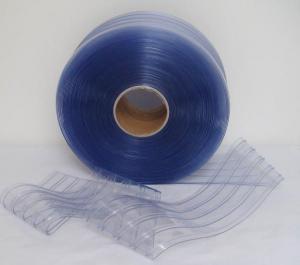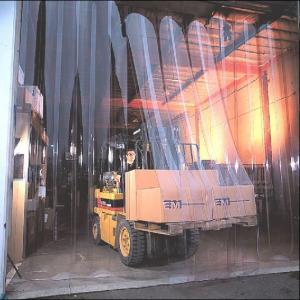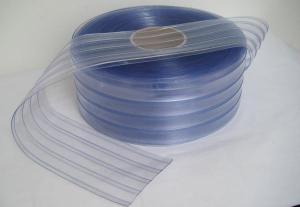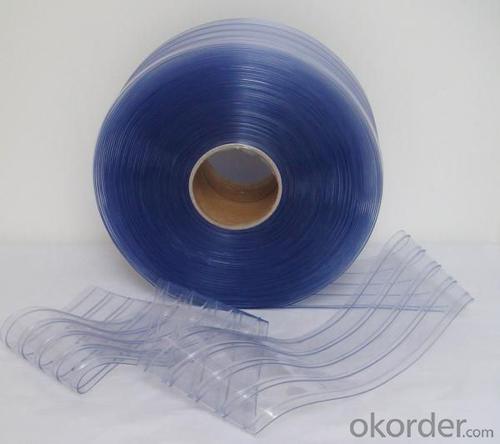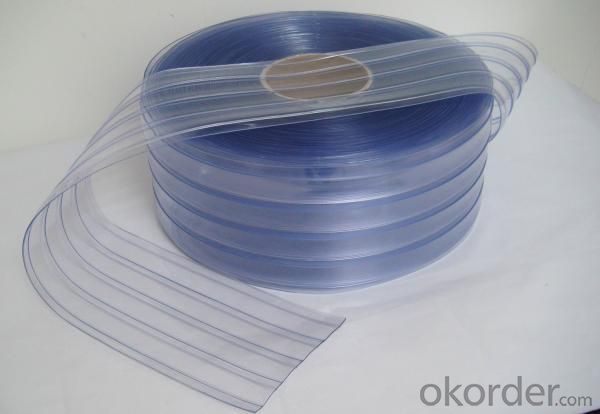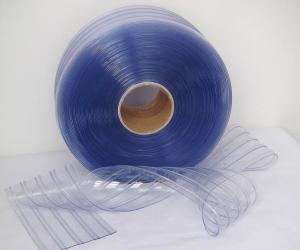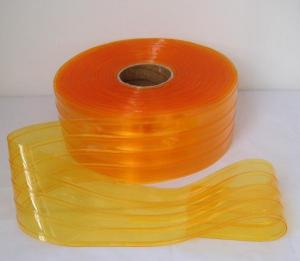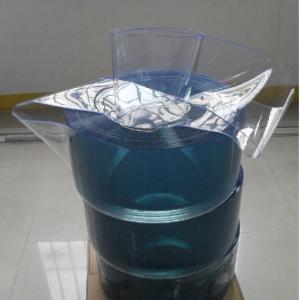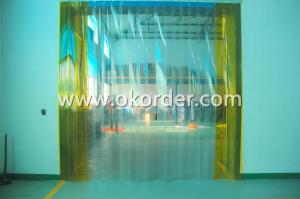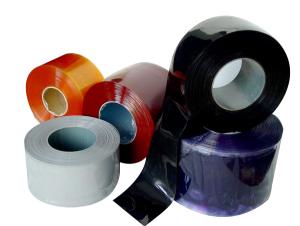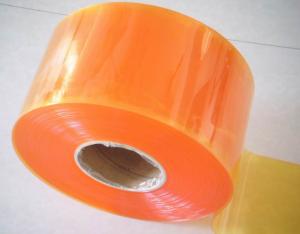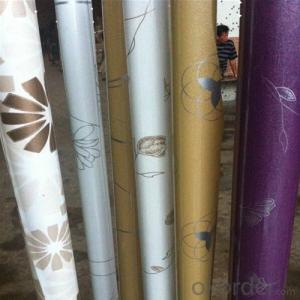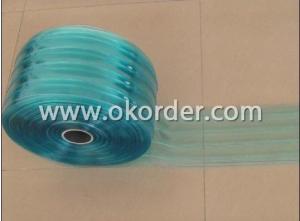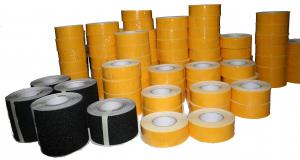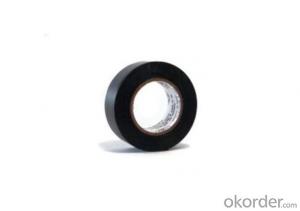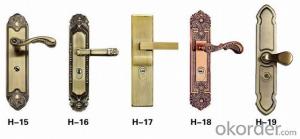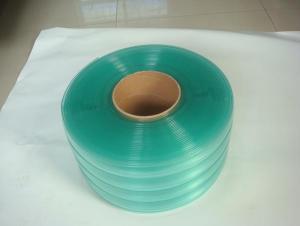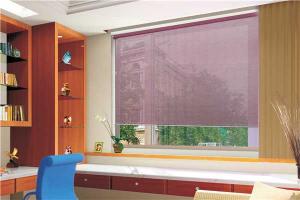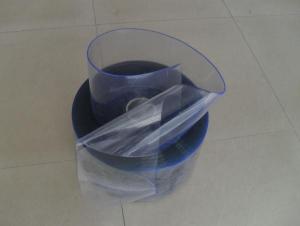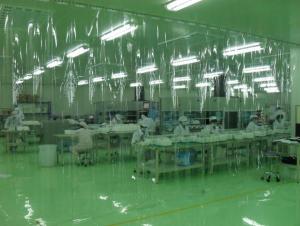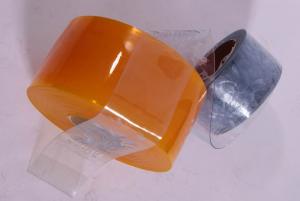Freezer Grade PVC Strips Rolls
- Loading Port:
- Tianjin
- Payment Terms:
- TT or L/C
- Min Order Qty:
- 10 Rolls roll
- Supply Capability:
- 15 Containers Per Month roll/month
OKorder Service Pledge
OKorder Financial Service
You Might Also Like
Specifications of High Quality Freezer PVC Strip Curtains
Application tempt range: -40℃to 50℃
Thickness range from 1.5mm to 6mm
Width range from 150mm to 400mm
Standard Sizes
2mmX200mmX50m; 2mmX300mmX50m;
3mmX200mmX50m; 3mmX300mmX50m;3mmX400mmX50m
4mmX300mmX50m; 4mmX400mmX50m
Applications of High Quality Freezer PVC Strip Curtains
Polar PVC strip curtain remain highly soft even at 40 Celsius below zero, allowing easy passing of people, vehicles and goods and effectively preventing loss of cold air. Polar PVC sheet is a good choice for save power because they do not contain electric drive. Polar door curtain do not have action component and do not produce noise during service. Cool strip has been designed from market experience and has been proved in independent tests to up to 50% of energy costs, while helping retail chill cabinets meet statutory temperature controls.
Polar grade PVC strip curtains are an option for Cold storage, Refrigerated doorways, Deli-Counters, Chiller Cabinets, Cold rooms and most retail refrigeration situations.
Package& Delivery of High Quality Freezer PVC Strip Curtains
Wooden pallet,shirnk film,cartons and according to custom requires.
Colors of High Quality Freezer PVC Strip Curtains
Polar door curtain are available in a range of colors, such like pale green, pale blue and clear. Blue is the most popular color in usages. If you used in the dark environment, just like cold rooms, clear color is the best choice for you.
Styles of High Quality Freezer PVC Strip Curtains
There are three styles of PVC strip curtain, Smooth, Single Ribbed and Double Ribbed. The door curtain used is dependent on the applications. PVC strips with raised ribbing on both sides are available offering improved durability enabling them to withstand repeated impact from heavy traffic such as forklift trucks.

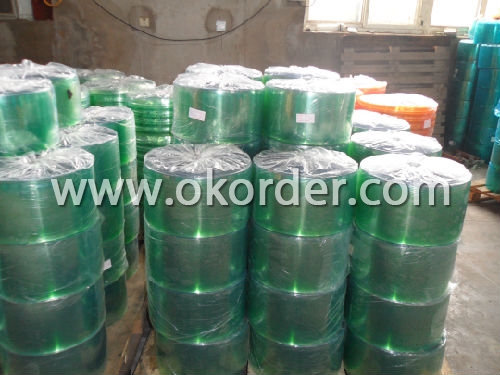
- Q: Are there any specific regulations regarding the use of plastic in home appliances for children?
- Yes, there are regulations in place regarding the use of plastic in home appliances for children. These regulations aim to ensure the safety of children by setting standards for the use of non-toxic materials and limiting the levels of harmful substances such as lead and phthalates in plastic components.
- Q: Do plastic home appliances have any specific recycling instructions?
- Yes, plastic home appliances usually come with specific recycling instructions. These instructions may vary depending on the type of plastic used in the appliance and the local recycling facilities available. It is important to follow these instructions to ensure proper disposal and contribute to the recycling process.
- Q: How does plastic impact the cost of manufacturing home appliances?
- Plastic has a significant impact on the cost of manufacturing home appliances. Firstly, plastic is a relatively inexpensive material compared to other alternatives like metal or glass, which helps reduce manufacturing costs. Additionally, plastic is lightweight, making transportation and handling more cost-effective. Moreover, plastic is easily moldable, enabling manufacturers to create complex shapes and designs with ease, reducing production time and costs. Plastic also offers durability and resistance to corrosion, reducing maintenance and replacement expenses. Overall, the use of plastic in manufacturing home appliances helps lower production costs, making them more affordable for consumers.
- Q: Can plastic parts in home appliances be damaged by heavy usage or constant movement?
- Yes, plastic parts in home appliances can be damaged by heavy usage or constant movement. Over time, the continuous stress and strain can lead to cracks, breakages, or weakened structural integrity of the plastic components.
- Q: Can plastic parts in air conditioners release chemicals into the air?
- Yes, plastic parts in air conditioners can release chemicals into the air.
- Q: What are the typical thicknesses of home appliance plastics?
- The typical thickness of home appliance plastics can vary depending on the specific appliance and its components. However, in general, the thickness ranges from 1mm to 5mm for smaller components such as control panels, buttons, and covers, while larger parts like appliance bodies and housing may have thicknesses ranging from 3mm to 10mm.
- Q: Can plastic parts in home appliances be affected by exposure to solvents or cleaning chemicals?
- Yes, plastic parts in home appliances can be affected by exposure to solvents or cleaning chemicals. Depending on the type of plastic used, certain solvents or cleaning chemicals can cause the plastic to degrade, discolor, warp, or become brittle over time. It is important to follow the manufacturer's guidelines for cleaning and avoid using harsh chemicals or solvents that may damage the plastic components in home appliances.
- Q: What are the considerations for using eco-friendly plastic in home appliances?
- There are several considerations to take into account when using eco-friendly plastic in home appliances. Firstly, the source of the plastic should be sustainable and renewable, such as using bio-based materials derived from plants instead of fossil fuels. Secondly, the manufacturing process should be energy-efficient and minimize greenhouse gas emissions. Additionally, the durability and recyclability of the plastic are essential factors to ensure a longer lifespan and reduce waste. Lastly, the cost and availability of eco-friendly plastic should be considered to make it accessible for consumers and encourage widespread adoption in home appliances.
- Q: What are the common plastic components found in microwaves?
- Some common plastic components found in microwaves include the control panel, door handle, buttons, and the interior cavity.
- Q: Can plastic parts in home appliances be easily cleaned or wiped down?
- Yes, plastic parts in home appliances can generally be easily cleaned or wiped down.
1. Manufacturer Overview
| Location | Hebei, China |
| Year Established | 1995 |
| Annual Output Value | Above US$ 50 Million |
| Main Markets | 15.00% Mid East 10.00% Northern Europe 10.00% North America 30.00% Eastern Asia 10.00% Africa 9.00% Eastern Europe 8.00% Southeast Asia 3.00% Oceania 3.00% Western Europe 2.00% Southern Europe |
| Company Certifications | ISO 9001 |
2. Manufacturer Certificates
| a) Certification Name | |
| Range | |
| Reference | |
| Validity Period |
3. Manufacturer Capability
| a) Trade Capacity | |
| Nearest Port | Tianjin; Qingdao; Shagnhai; Guanghzou |
| Export Percentage | 41% - 50% |
| No.of Employees in Trade Department | 21-50 People |
| Language Spoken: | English; Chinese |
| b) Factory Information | |
| Factory Size: | Above 100,000 square meters |
| No. of Production Lines | Above 5 |
| Contract Manufacturing | OEM Service Offered; Design Service Offered |
| Product Price Range | High; Average |
Send your message to us
Freezer Grade PVC Strips Rolls
- Loading Port:
- Tianjin
- Payment Terms:
- TT or L/C
- Min Order Qty:
- 10 Rolls roll
- Supply Capability:
- 15 Containers Per Month roll/month
OKorder Service Pledge
OKorder Financial Service
Similar products
Hot products
Hot Searches
Related keywords
